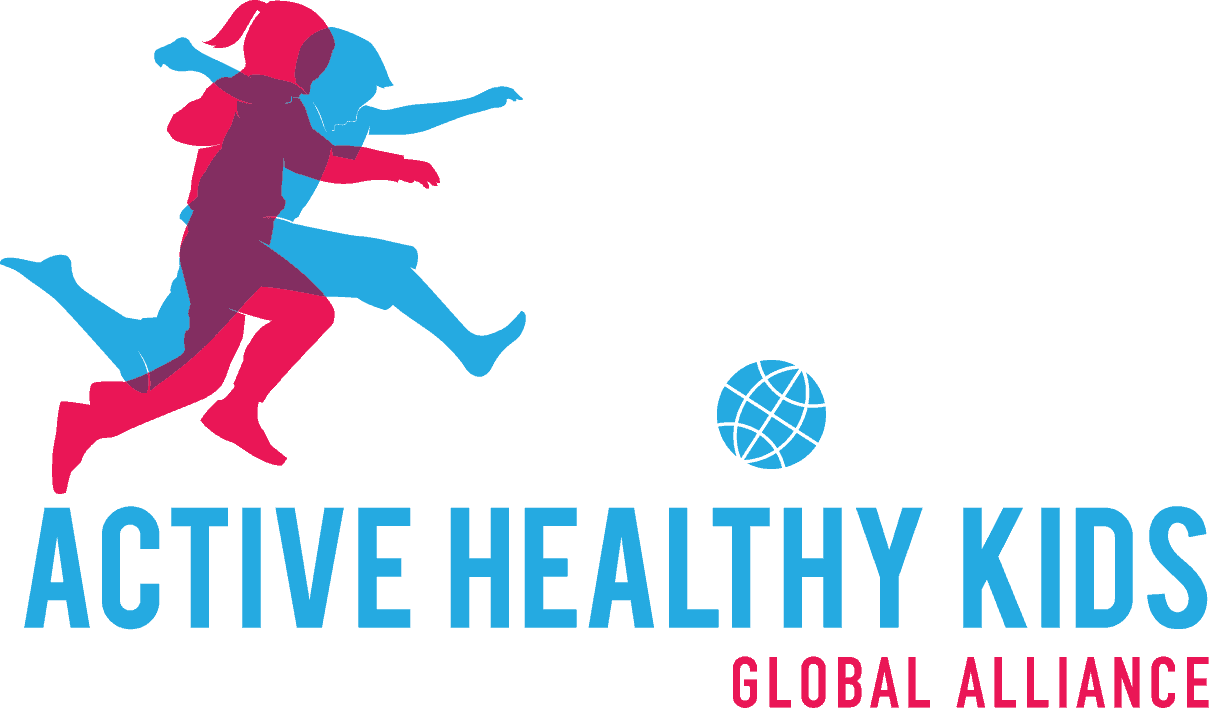
-
The Global Matrix 5.0
-
The Global Matrix 4.0
-
The Global Matrix 3.0
-
The Global Matrix 2.0
-
The Global Matrix 1.0
Report Card Leader
Juan López Taylor, PH.D.
Dr. López y Taylor is professor of physical culture and sports, and chair of the department of human movement sciences at the University of Guadalajara, Mexico. His work over 40 years has focused on advancing physical education and sports undergraduate programs in Mexico, on developing strategies to promote physical activity among children and youth, and on building national and international collaborative groups focused on advancing physical activity research in Mexico.
Report Card Team
Julissa Ortiz Brunel is a trainee researcher. She collaborates with the Institute of Applied Sciences for Physical Activity and Sports (ICAAFYD) in Mexico and is the communications officer of the Early Career Network of ISPAH. She has participated in national and international projects with the National Institute of Public Health, the University of Guadalajara, Indiana University, and Queen’s University. Julissa’s research interests are focused on physical activity and built environment inequities.
Report Card Grades
- Overall Physical Activity: D
- Organized Sport and Physical Activity: C
- Active Play: C+
- Active Transportation: C+
- Sedentary Behavior: D-
- Physical Fitness: INC
- Family and Peers: B-
- School: D+
- Community and Environment: D
- Government: C
Related Links
Report Card Leaders
Karla Galaviz, Ph.D.
Dr. Galaviz is an implementation scientist working at the intersection of lifestyle medicine and chronic conditions. Her work focuses on translating proven health interventions for real-world implementation and on developing evidence-based tools to inform public health and clinical practice. Dr. Galaviz is Assistant Professor of Applied Health Science at Indiana University School of Public Health-Bloomington.

Juan López Taylor, Ph.D.
Dr. López y Taylor is professor of physical culture and sports, and chair of the department of human movement sciences at the University of Guadalajara, Mexico. His work over 40 years has focused on advancing physical education and sports undergraduate programs in Mexico, on developing strategies to promote physical activity among children and youth, and on building national and international collaborative groups focused on advancing physical activity research in Mexico.
Report Card Grades
- Overall Physical Activity: D+
- Organized Sport and Physical Activity: C
- Active Play: INC
- Active Transportation: C+
- Sedentary Behavior: D-
- Physical Fitness: INC
- Family and Peers: INC
- School: D+
- Community and Environment: D+
- Government: C
Top Three Priorities
- Provide quality physical education to all children in Mexico: this entails training competent PE teachers, providing adequate facilities and equipment, having an inclusive curriculum for all genders and backgrounds, creation of community alliances, establishing monitoring and evaluation mechanisms.
- Establish a surveillance system for all movement behaviors that includes children from 1-18 years old. Current national data excludes children 1-10 years old.
- Evaluate the impact of existing national policies and programs directed at promoting physical activity in children and youth to inform whether they should be continued, modified or discontinued.
Report Card Leaders
Testimonials
"Being part of the AHKGA Global Alliance 3.0 initiative has been a rewarding and productive experience." - Juan López Taylor, Ph.D.
"Our experience in the AHKGA Global Alliance 3.0 initiative gets an A. Being part of this initiative has helped consolidate the Mexican Report Card as a comprehensive physical activity surveillance tool." - Karla Galaviz, Ph.D.
Conference Abstract: Movement to Move
Results from Mexico’s 2018 Report Card on Physical Activity for Children and Youth
Karla I. Galaviz, Gabriela Argumedo Garcia, Alejandro Gaytán-González, Inés González-Casanova, Martín Francisco González Villalobos, Alejandra Jáuregui, Edtna Jáuregui Ulloa, Catalina Medina, Yoali Selene Pacheco Miranda, Marcela Pérez Rodríguez, Eugen Resendiz, Ricardo Alejandro Retano Pelayo, María del Pilar Rodríguez Martínez, Juan Ricardo López y Taylor
Introduction: Physical activity levels among Mexican children and youth have been below recommended standards in the past six years. To inform physical activity programs and policies, Mexico’s 2018 Report Card aims to assess how the country is doing in terms of promoting physical activity among children and youth.
Methods: We reviewed national surveys, census data and government documents to obtain information around 10 indicators (Overall Physical Activity, Organized Sport and Physical Activity Participation, Active Play, Active Transportation, Sedentary Behaviors, Physical Fitness, Family and Peers, School, Community and Environment, and Government. We then compared the data obtained against established benchmarks and assigned the corresponding grade.
Results: Grades indicate physical activity and sedentary behaviors among Mexican children and youth remain below recommended levels. Sports participation and active transportation levels are better but still need to improve. Schools are failing to provide adequate physical education to all children, while communities lack adequate physical activity spaces. While national physical activity initiatives have been introduced, their implementation and impact is unknown (See Table of Grades). We were unable to grade the Family and Peers, Active Play and Physical Fitness indicators due to lack of reliable national data.
Conclusion: Mexican children and youth are far from achieving the recommended levels of physical activity and screen time. In addition, schools, communities and government are not providing adequate physical activity opportunities. Improving surveillance of behavior, opportunities in the school and community, and evaluation existing programs and policies is recommended.
Table of Grades
| Indicator | Grade | Rationale |
| Overall Physical Activity | D+ | According to the 2016 National Health and Nutrition Survey (ENSANUT), 60% of youth 15-19 years old get at least 60 minutes of moderate-to-vigorous intensity physical activity per day. Only 17% of children 10-14 years old achieve this recommendation. In this age group, less girls (12.7%) than boys (21.8%) meet this recommendation. |
| Organized Sport Participation | C | According to ENSANUT 2016, 48.6% of children 10-14 years of age participate in some type of organized sport. |
| Active Play | INC | There is insufficient data to grade this indicator. |
| Active Transportation | C+ | According to 2015 census data from the National Institute of Statistics and Geography (INEGI), 54.8% of children 3 years and older walk to school and 1.5% ride bicycles. |
| Sedentary Behaviour | D- | According to ENSANUT 2016, 22.7% of 10-14 year old children spend no more than 2 hours per day in front of a screen. Only 21.4% of 15-19 year-old youth spend no more than 2 hours per day in front of a screen. |
| Physical Fitness | INC | There is insufficient data to grade this indicator. |
| Family and Peers | INC | There is insufficient data to grade this indicator. |
| School | D+ | According to the Secretary of Public Education (2015), only 36.3% of school-age children in public schools receive 1 hour of physical education per week. |
| Community and Environment | D+ | INEGI census data show 33% of neighborhoods in Mexico have sidewalks and trees and that 45% have public lighting7. INEGI data also show 74% of Mexican adults stopped allowing their children to go outside. |
| Government | C | Two national physical activity programs (Ponte al 100 and Muevete en 30) signal interest in physical activity promotion but their implementation and impact are unknown. Also, funds allocated for physical activity promotion are insufficient ($181 million in 2013 and $202 million Mexican pesos in 2014). |
Report Card Grades
- Overall Physical Activity: C
- Organized Sport Participation: D
- Active Play: D-
- Active Transportation: C
- Sedentary Behaviors: D
- Family and Peers: INC
- School: D-
- Community and Built Environment: D
- Government Strategies and Investments: C
Related Links
Recommendations
- Create awareness about, and promote, outdoor active play
- Educate parents and teachers about the importance of physical activity for children and about strategies they can employ
- Offer 150 weekly minutes of quality physical education in schools
- Promote the use of existing resources such as Ciclovias, parks and sports facilities within communities
- Promote the implementation of existing government programs such as Ponte al 100 and Muevete en 30
Report Card Leader
Testimonial
"Participating in this edition for the 2016 Report Card for Children in México and the Global Matrix 2.0, has been an extraordinary experience. It has been an honor to be involved with such distinguished researchers from around the world, but most importantly, working with a very talented and extraordinary young group in México has been beyond my expectations. My sincere gratitude to Mark Tremblay for inviting us since 2010. Great things surely happen slowly and I thank him, his group and Peter Katzmarzyk for directing us on the right direction." - Juan López Taylor, Ph.D.
Conference Abstract: 6th International Congress on Physical Activity and Public Health
Results from Mexico’s 2016 Report Card on Physical Activity for Children and Youth
Karla I. Galaviz, Mabel Aguilar Arroyo, Inés González-Casanova, Martín Francisco González Villalobos, Alejandra Jáuregui, Edtna Jáuregui Ulloa, Selene Pacheco Miranda, Marcela Pérez Rodríguez, Ricardo Alejandro Retano Pelayo, Juan Ricardo López y Taylor
Background: The Mexican Report Card of Physical Activity in Children and Youth aims to assess how Mexico is doing in terms of providing physical activity (PA) opportunities for Mexican children and youth. The purpose of this paper is to summarize results from the Mexican 2016 Report Card. Methods: A literature search was conducted in Spanish and English using major databases, and complemented with a review of government/non-government documents, websites, and national health surveys. Information on the nine indicators outlined in the Global Matrix of Report Card Grades was extracted. A team of Mexican experts met to discuss and assign a grade on each indicator based on the best available evidence. Results: Grades for daily behaviors were: Overall PA (C); Organized Sport Participation (D); Active Play (D-); Active Transportation (C); and Sedentary Behavior (D). Grades for Settings and Sources of Influence were: Family and Peers (INC); School (D-); and Community and Environment (D). Grades for strategies and Investments were: Government Strategies (C); and Non-Government (F). Conclusions: PA and sedentary behaviors among Mexican children and youth remain below the recommended levels. Government and communities are far from providing appropriate and sufficient physical activity opportunities for children and youth.
Report Card Grades
- Overall Physical Activity: C+
- Organized Sport Participation: D
- Active Play: INC
- Active Transportation: B-
- Sedentary Behaviors: D
- Family and Peers: INC
- School: D
- Community and Built Environment: F
- Government Strategies and Investments: C













